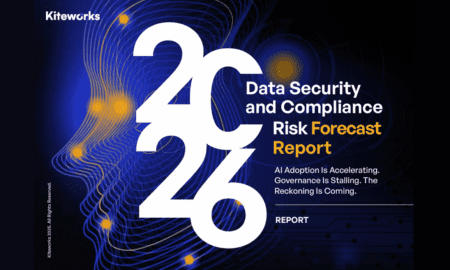The Rise of Contactless and QR Payments
As we step further into 2025, digital payments are no longer just a convenience—they’re becoming the global standard. One major trend leading the way is the widespread adoption of contactless and QR code payments. From grocery stores to local cafés, consumers prefer tapping their phones or scanning a QR code instead of handling cash or cards.
This shift is driven by speed, hygiene, and ease of use. The younger generation, in particular, is embracing these technologies at a rapid pace. Businesses that adapt early are seeing an increase in customer satisfaction and faster transaction times. Apps like Google Pay, Apple Pay, and local wallets are seeing massive growth.
Behind the scenes, digital payment processors are making systems more secure using encryption and tokenization. This means while payments get faster, they also become safer. In countries like India and Brazil, QR-based systems are bringing entire populations into the financial ecosystem.
For platforms supporting these payments, like casibomxvoyant.com, the growing digital acceptance offers a chance to serve more global users looking for seamless, secure payment options.
Subscription Models and Recurring Billing Are Gaining Momentum
Another major trend in digital payments is the rise of subscription-based services. From streaming platforms to digital tools and even monthly snack boxes, businesses are shifting toward recurring billing. This model offers stability to companies and convenience to users.
With more consumers getting used to auto-renewals, the focus is now on transparent billing. Companies must ensure that cancellation is easy and policies are clearly explained. Trust plays a key role in retaining long-term subscribers.
To facilitate smooth recurring transactions, payment gateways must support dynamic pricing, fail-safe retries, and real-time alerts. Platforms that streamline subscription billing stand to gain massive ground in 2025 and beyond.
Cryptocurrency Payments Enter the Mainstream
2025 marks a turning point for cryptocurrency in daily life. While crypto had already made its mark in trading and investment, now it’s entering the payment space. Major retailers, online service providers, and even travel agencies are accepting Bitcoin, Ethereum, and stablecoins like USDT.
This is possible due to simplified crypto wallets and stable transaction layers that reduce volatility risks. Companies are also partnering with services that instantly convert crypto into fiat, making the process smoother for both users and merchants.
For emerging platforms, integrating cryptocurrency options can expand their market reach significantly. One example is casibomxvoyant.com, which continues to innovate in the fintech space by offering crypto-friendly payment features for modern users.
Biometric Authentication and Security Advancements
With digital payments growing rapidly, ensuring secure transactions is more critical than ever. In 2025, biometric verification is becoming standard practice. Fingerprint scans, facial recognition, and voice verification are now common layers of security for mobile wallets and banking apps.
Beyond biometrics, AI-driven fraud detection and machine learning algorithms are being used to monitor transactions in real time. These tools help identify unusual behavior and stop fraudulent transactions before they complete.
In short, payment systems in 2025 are not only faster—they’re smarter. Users are becoming more confident in using digital platforms thanks to these security measures.
The Role of Government and Regulation
Regulatory bodies across the world are catching up with the pace of digital innovation. Governments are now introducing laws that support safe and inclusive digital payments. Central bank digital currencies (CBDCs) are also being tested in several countries.
These official digital currencies aim to offer the reliability of fiat with the convenience of digital. Countries like China, India, and Sweden are leading the charge. In many cases, governments are encouraging fintech growth by providing incentives, funding programs, and regulatory sandboxes.
Businesses that stay compliant and transparent are the ones that will thrive in this evolving landscape. Partnerships with legal experts and licensed providers will become even more important going forward.
Final thoughts
Digital payments in 2025 are more than just a tech trend—they’re shaping how the world transacts. From QR codes and crypto to biometrics and subscriptions, innovation is touching every corner of the payment world.
Companies that stay ahead of these trends will win customer trust and loyalty. And platforms like casibomxvoyant.com that embrace change and offer users flexibility, security, and ease-of-use are positioned for long-term growth.
As more consumers move toward cashless living, the time is now to adapt, innovate, and lead in the digital economy.





























